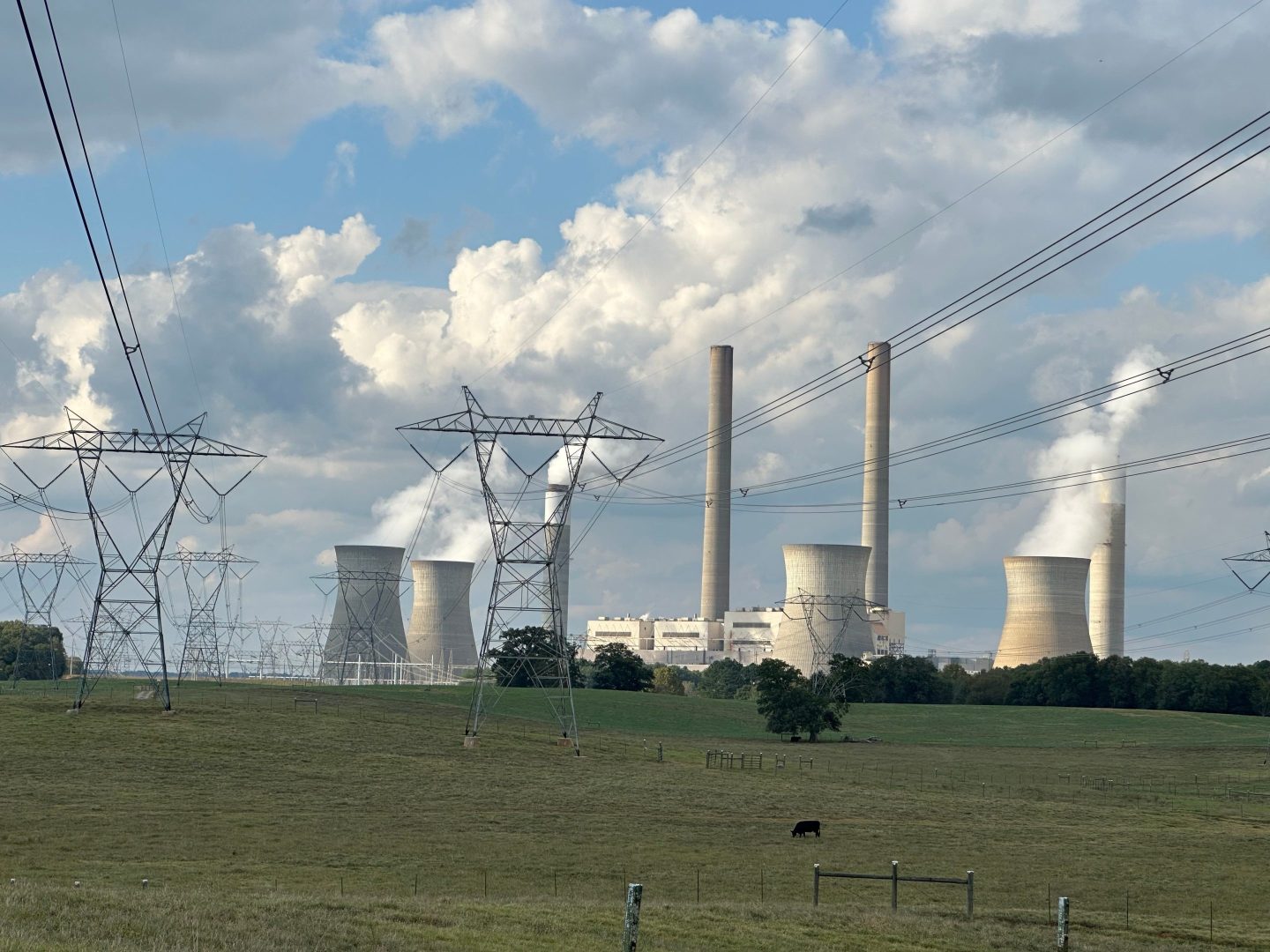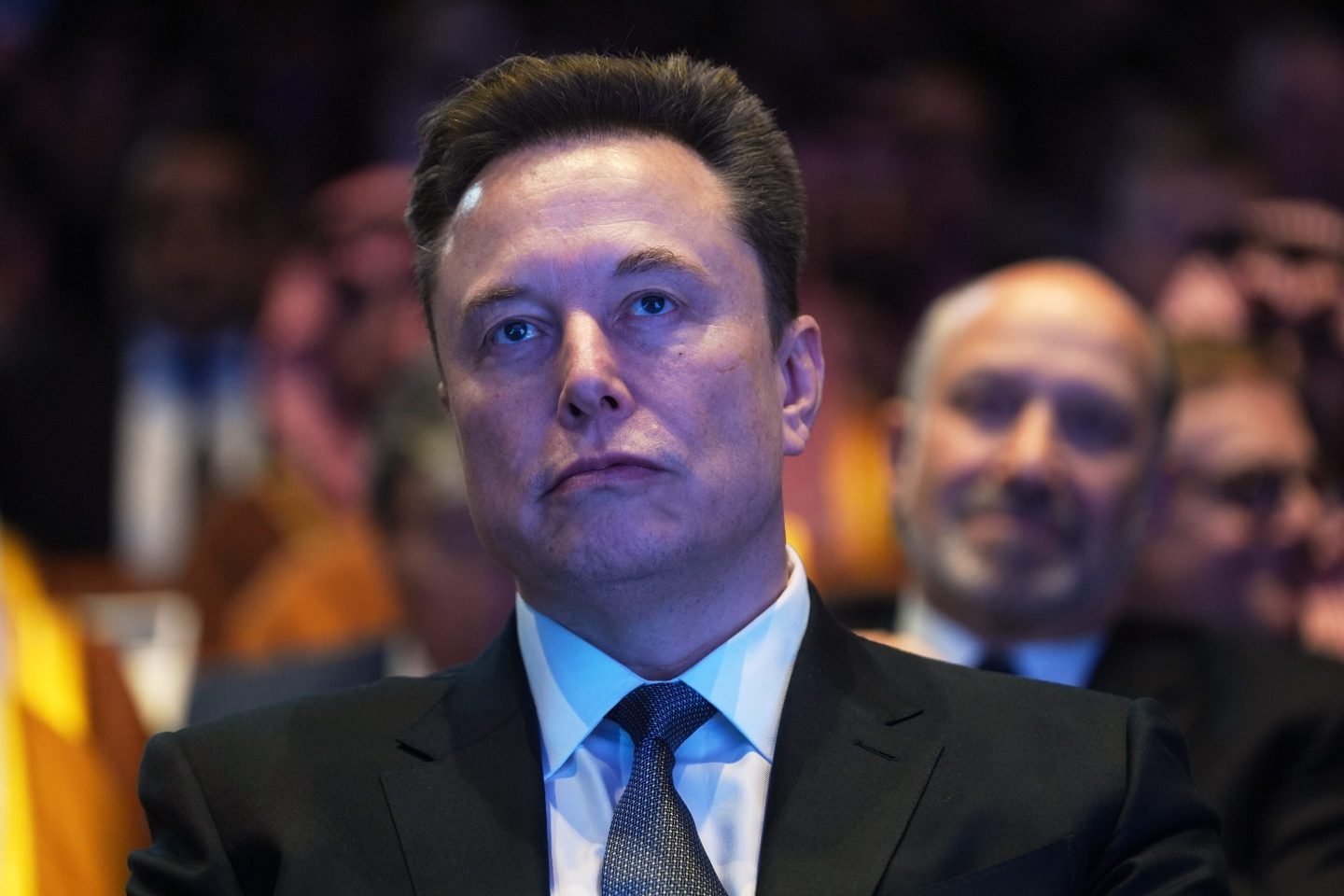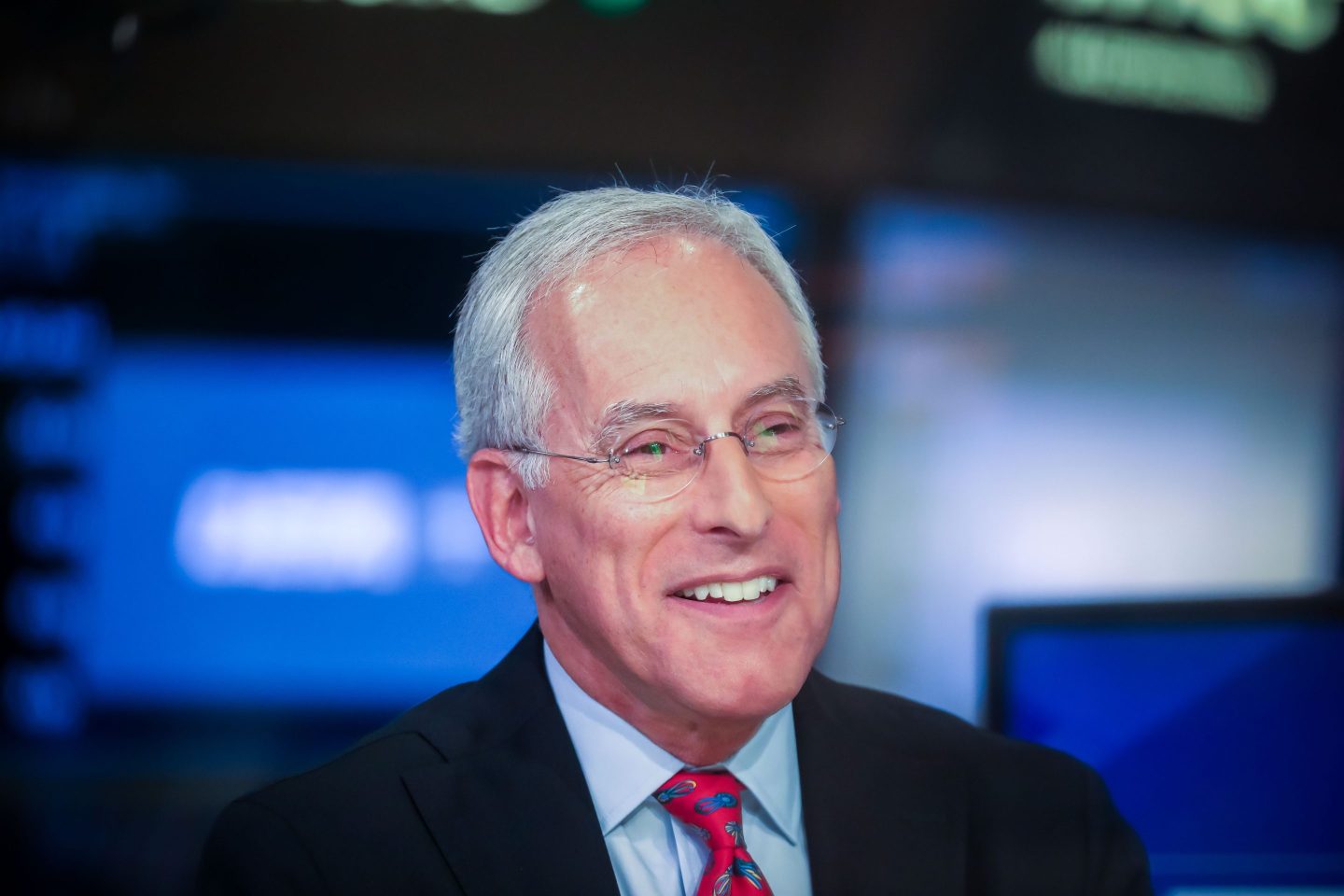LAS VEGAS—Self-driving cars, a.k.a. autonomous vehicles, appear poised to take over the world. They’re everywhere, on movie screens and in magazine pages. The Jetsons-esque notion that a car could drive you to your desired destination—look Ma, no hands!—is beginning to sink in for many of us, even as we putter to work and other destinations in our exceedingly manual vehicles.
The future really is now—or at least sooner than it seems, according to Nvidia CEO Jensen Huang. Speaking at a Fortune Brainstorm Tech dinner on the eve of the opening to CES, the annual consumer electronics show, Huang, who is a founder of the gaming giant turned artificial intelligence powerhouse, says the full expression of the technology is a mere decade away. But we don’t need to wait that long to appreciate just how challenging a computational problem it is—and how much commercial value awaits.
“We’ve always believed that robotics were important. And robotics are autonomous machines,” Huang told Fortune executive editor Adam Lashinsky in an interview. “The simplest autonomous machine is the self-driving car. But it’s the most impactful.”
Over the century that humans have been driving, they have created rules, infrastructure, and more to allow drivers of all ages and skill levels to drive, Huang said. All you need is a 10-minute driver’s test to legally hit the open road. “Obviously it’s a skill that’s very simple,” he said. For a human, that is.
“How do you take all these things called driving skills and codify it into a machine?” he asked the audience, a group of technologists, entrepreneurs, and financiers gathered at the Picasso restaurant at the Bellagio hotel. “That turns out to be pretty hard.” Even something that relatively simple for a human, he added, stands to be the most complex computing task the world has ever achieved.
“These computers can’t fail. Imagine a computer that can’t fail,” he said. “My laptop still hangs after all these years. So how do you design a computer that detects that it failed and continues to operate? So that when it fails, it doesn’t fail.”
There is a $10 trillion mobility industry—from cars to trucks to buses to “mobility as a service”—that stands to immediately benefit from the solution to this problem. With autonomous technologies applied to a specified highway route, for example, you can extend the driving range of a long-haul trucker by two or three hours. You can see similar successes with passenger cars by limiting their autonomy in different ways, Huang said, such as by geography or application.
“There are a lot of different ways to skin this cat,” said Huang, Fortune’s 2017 Businessperson of the Year. But “the idea of driving a car that’s completely driverless everywhere in all conditions? That fantasy car won’t be here for five to 10 years.”
Still, it’s not a matter of if, but when. Consider: There are one billion cars on the planet driving for 15 trillion miles per year. The Earth’s population is set to increase by one billion people over the next decade or so. That means the amount of miles driven are going to go up exponentially, Huang said. Technology needs to reduce that friction.
“It’s not possible to do this with today’s cars,” Huang said. “Every single car has two to three parking spaces, just in case. It’s just not theoretically possible to have enough space on Earth to provision for another billion people in society who drive.”
He added: “We’re not going to stop driving. But we may drive less.” All thanks to the machines.












